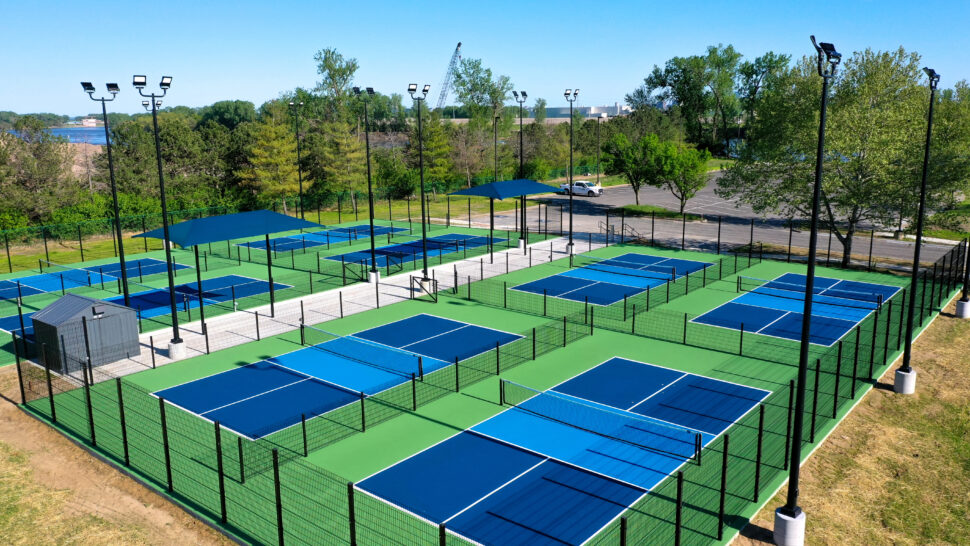Serving up Pickleball Courts for Your Community


Pickleball is wildly popular, and that means more courts are needed. A recent study by the Sports & Fitness Industry Association and Pickleheads, a website devoted to the game, found that there is a major shortfall in construction, to the tune of nearly 26,000 courts.
Yikes, right?
With that volume, communities with the space and budget for courts may wish to do some advance planning. That includes figuring out how many people in your community will be using the courts, when, and how many courts will be needed.
The most important advice: Don’t use an internet search to get information. Instead, speak with contractors who have experience in sports construction, and particularly in court sports like pickleball and tennis.
The second piece of advice: Don’t rush into anything, no matter how much of a demand your community association is hearing.
Many communities, particularly those with existing tennis courts, will add pickleball lines to accommodate demand. And while that is a short-term solution, it can create friction between an enthusiastic pickleball population and tennis players. Instead, think ahead, says Justan Vaughn of McConnell & Associates, Inc., in St. Louis.
“We are being asked to provide more quotes for building separate courts or doing conversions. The pickleball community is continuing to grow, and they would rather play on standalone courts,” he says.
Pickleball paddles make a distinct sound. Setting playing hours and clearly communicating them to the community can go a long way toward alleviating problems. Noise buffering systems also are available.
If you’re adding pickleball courts, don’t forget to think about noise, lighting, parking, additional seating for those waiting for a court, a good Wi-Fi connection, and restrooms. Electrical outlets allow players to keep phones and other devices charged—and provide a place to plug in maintenance equipment.
One of the driving factors in the success of any facility is its ease of maintenance. Hard courts made of concrete and asphalt are the most common surfaces in outdoor pickleball use. In indoor installations, wood floors and synthetic surfaces are used.
Outdoor hard courts have relatively low maintenance needs. Keeping the surface clean and free of debris is necessary; a contractor can provide advice on other forms of maintenance. Asphalt will dry and crack over time, so a concrete surface may be more suited to areas subject to a freeze/thaw cycle.
Cost is always a common question, and the answer will depend on several factors, including: the type of facility; location; whether fences, lighting, benches, and restrooms are needed; and if there will be a reservation system.
HOAresources.com explores questions and comments from community association members living in condominiums, homeowners associations, and housing cooperatives. We then assemble trusted experts to provide practical solutions to your most commonly asked, timely questions. We never use real names, but we always tackle real issues. Have a question or comment about your community association? Submit here for consideration:
Join CAI’s online community for access to the industry’s most in-demand community association resources.
Thousands of your peers are sharing advice.
Mary Helen Sprecher is with the American Sports Builders Association in Forest Hill, Md.